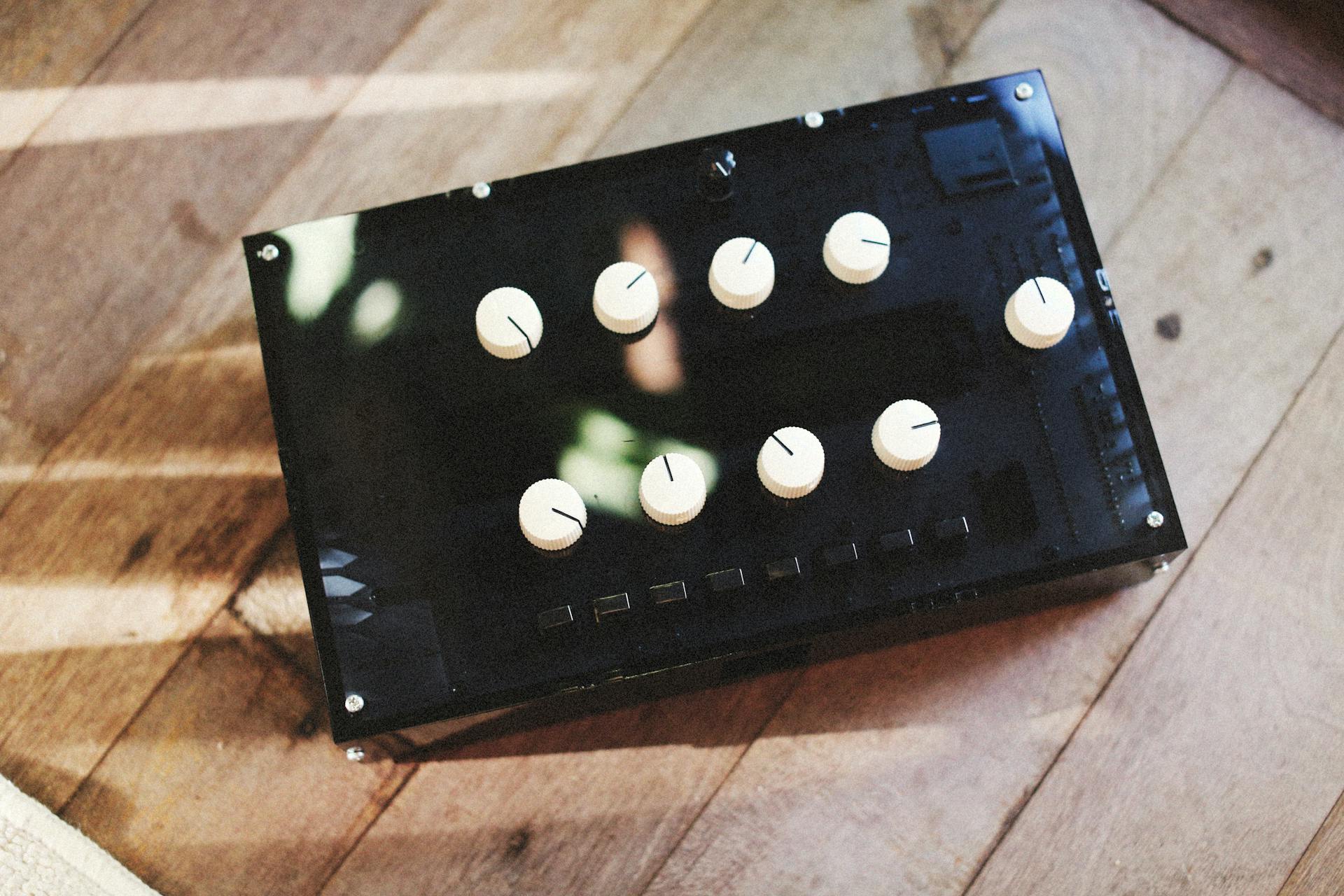
Tachogenerators are widely used in industrial drives and applications due to their high accuracy and reliability. They can be found in various types of machines, including motors, generators, and pumps.
Tachogenerators are particularly useful in applications where speed measurement is critical, such as in textile machinery and printing presses. In these cases, a tachogenerator can provide the necessary speed data for precise control and monitoring.
In industrial drives, tachogenerators are often used to measure the rotational speed of a shaft, which is then used to control the speed of the motor or other connected equipment. This is crucial in applications where speed accuracy is essential, such as in precision machinery and robotics.
Technical Specifications
Tachogenerators are designed to provide voltage proportional to speed, making them ideal for speed measurement and feedback purposes. They can be used in a variety of applications, including industrial settings.
The voltage output range of tachogenerators can vary, but it's typically between 3 and 200VDC at 1000 RPM. Some models, like the E-K10A2, have a voltage output of 72V at 10,000 RPM.
Tachogenerators are available in different mechanical adoptions and frame sizes, making them suitable for various applications. They can be mounted using a flange or foot mounting, depending on the specific model.
Here are some key technical specifications of tachogenerators:
- Speed range: up to 10,000 RPM
- Voltage output range: 3-200VDC @ 1000 RPM
- Mounting options: flange or foot mounting
- Insulation type: Class B
- Power: up to 250 W
- Torque: up to 0.40 mNm
Some tachogenerators, like the Excella E-444, have a very low ripple rate over the whole speed range, making them suitable for applications where precision is crucial.
E-K10A2
The E-K10A2 DC Tachogenerator is a robust device with a rotating speed of up to 10000 RPM.
It's available in a flange mounting style, making it easy to integrate into various mechanical applications.
The E-K10A2 has a voltage output of 72 V and a current of 50 mA, which is suitable for many electrical systems.
Here are some key specifications of the E-K10A2:
The E-K10A2 has been continuously manufactured for over 45 years, demonstrating its reliability and durability.
Excella E-FL-10 AC
The Excella E-FL-10 AC Tachogenerator is a thoroughly engineered speed transducer for industrial applications. It's designed to produce electrical power from mechanical energy, typically from the turning of a shaft.

This AC Tachogenerator features extreme linearity, a wide speed range, and capabilities required in industrial applications. It's a 2 Pole & 48 pole device that provides an output voltage from 3 to 50VAC @1000rpm.
The output voltage range is 3 to 50VAC @1000 rpm, and it has 2 & 24 pulses per revolution. This device is frequently used to measure the speed of electric motors, engines, and the equipment they power.
The Excella E-FL-10 AC Tachogenerator has a compact design, is light weight, and made of aluminum casting. It also has an ALNICO permanent magnet for excellent long-term stability.
Here are some key features of the Excella E-FL-10 AC Tachogenerator:
- O/p Voltage: 3 to 50 VAC @ 1000 rpm.
- Nos of Poles: 2 Pole & 48 Pole.
- Load Current: 5 - 50mA.
- Max Speed: 4000 rpm.
- Accuracy: ± 5%.
- Operating Temperature: -10, + 60 Deg C.
- Ingress Protection: IP54.
- Magnet: Permanent Magnet Alnico.
Technical Data
Technical specifications can be overwhelming, but let's break it down to the essentials. The maximum speed for DC Tachogenerators can reach up to 10000 RPM.
The voltage range is quite impressive, with some models capable of handling up to 500 V. However, most models operate within a more moderate range, such as 72 V or 6 V.
The current rating varies, but some models can handle up to 2.5 A. The power consumption also differs, with some models requiring as little as 50 W.
In terms of mounting, DC Tachogenerators come in different forms, including flange and foot mounting. The insulation type can also vary, with some models featuring Class B insulation.
Here's a summary of the technical specifications:
Note that the technical specifications can vary depending on the specific model and manufacturer.
Frequently Asked Questions
What is the difference between tachometer and tachogenerator?
A tachometer displays speed readings for humans, while a tachogenerator is a part of the control loop, providing a digital output to an on-board computer. In other words, a tachogenerator is a sensor, whereas a tachometer is a display device.
What is the function of tachogenerator transfer?
The tachogenerator transfers rotational speed to a meter, displaying it as a readable value. It can also generate pulses for speed measurement, providing an alternative display method.
What is the principle of a DC tachogenerator?
A DC tachogenerator operates on the principle of electromagnetic induction, converting rotational speed into a proportional voltage output. This principle allows for a direct and accurate measurement of rotational speed.
Sources
- https://www.excellaelectronics.in/dc-tachogenerators.html
- https://www.atisystems.co.za/tachogenerators
- https://electronics.stackexchange.com/questions/326738/tachometer-vs-tachogenerator
- https://www.pmpautomation.com/dc-tachogenerator.html
- https://www.huebner-giessen.com/en/products/tacho-generator-tdp/
Featured Images: pexels.com


